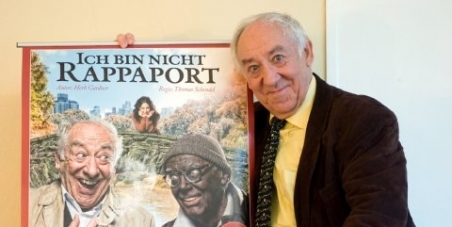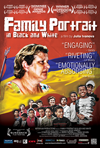Viva Obama! – How Spain Views The US ElectionsPosted in Articles, Barack Obama, Europe, Interviews, Media Archive, Politics/Public Policy, United States on 2012-11-07 22:15Z by Steven |
Viva Obama! – How Spain Views The US Elections
International Business Times
2012-11-06
Palash R. Ghosh
Spain, reeling from a paralyzing economic crisis that has thrown one-quarter of the workforce onto the streets and crippling budget cuts, may not have its full attention upon Tuesday’s presidential elections.
However, given the widespread approval of Barack Obama across much of western Europe, some Spaniards may indeed be cast a glance across the Atlantic.
The financial collapse in Spain ended the tenure of the Socialist government of former Prime Minister José Luis Rodríguez Zapatero, supplanted by the conservative administration of Mariano Rajoy of the People’s Party.
International Business Times spoke to an expert on Spain to discuss how the beleaguered Spaniards view the U.S. Presidential election,
Laura Gonzalez-Alana is Assistant Professor of Finance and Business Economics at Fordham University in New York City.
IB TIMES: Do you sense a great deal of interest in the 2012 U.S. presidential election among the Spanish public? Or has it waned since 2008?
GONZALEZ-ALANA: The Spanish press has been widely covering the campaign. I could actually read summaries and opinions about the outcomes of the debates earlier in Spain than on CNN. Clearly the European press prefers Barack Obama, despite the disappointment regarding the expectations raised by his 2008 victory..
Spaniards, like other Europeans, are worried about how foreign policy and diplomatic relations with the United States could change if Mitt Romney becomes president. They do not trust the current moderate tones in Romney’s speeches after the very conservative stances he took during the primaries to appeal to the far-right Tea Party.
In general, the majority of Europeans believe Obama could be a more efficient negotiator with them and with the Middle East nations.
Another armed conflict [in the Mideast] would be particularly difficult to support given the economic crisis in Europe.
Also, Europeans, and Spaniards in general do not believe that open confrontation with China over trade issues would be the most effective manner to handle such abuses. And Europeans still resent having been dragged into the armed conflicts waged by George W. Bush…
…IB TIMES: Does Spanish media describe Obama as “black” or “mixed race” (given that his mother was white). Is this distinction important to Spaniards?
GONZALEZ-ALANA: People in Spain are aware of his being half-white and half-black, but not much is said about his racial profile, other than it makes extremist groups more nervous about him, given that in the European mind, the U.S. is still quite uncomfortable with racial diversity.
Europeans have some racial issues, too, but they see Obama as an “American” leader, and as a person to admire, like other famous black or half-black famous US people, like singers, actors, sports figures and so on.
If you asked Spaniards to pick a word to describe Obama, they would say “black”—in a sense, not being ‘fully white’ means ‘black.’
Now, the word ‘negro’ in Spain is not politically incorrect, but it all depends on the context and intonation…
Read the entire interview here.





